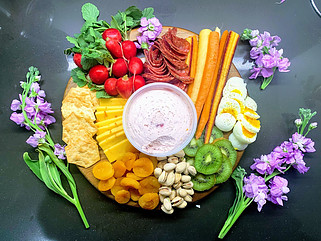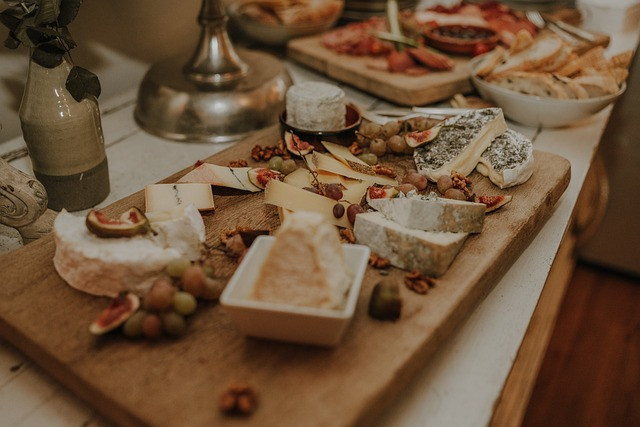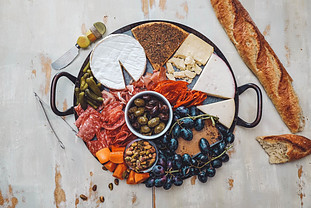How to Choose Perfect Meats for Your Charcuterie Board
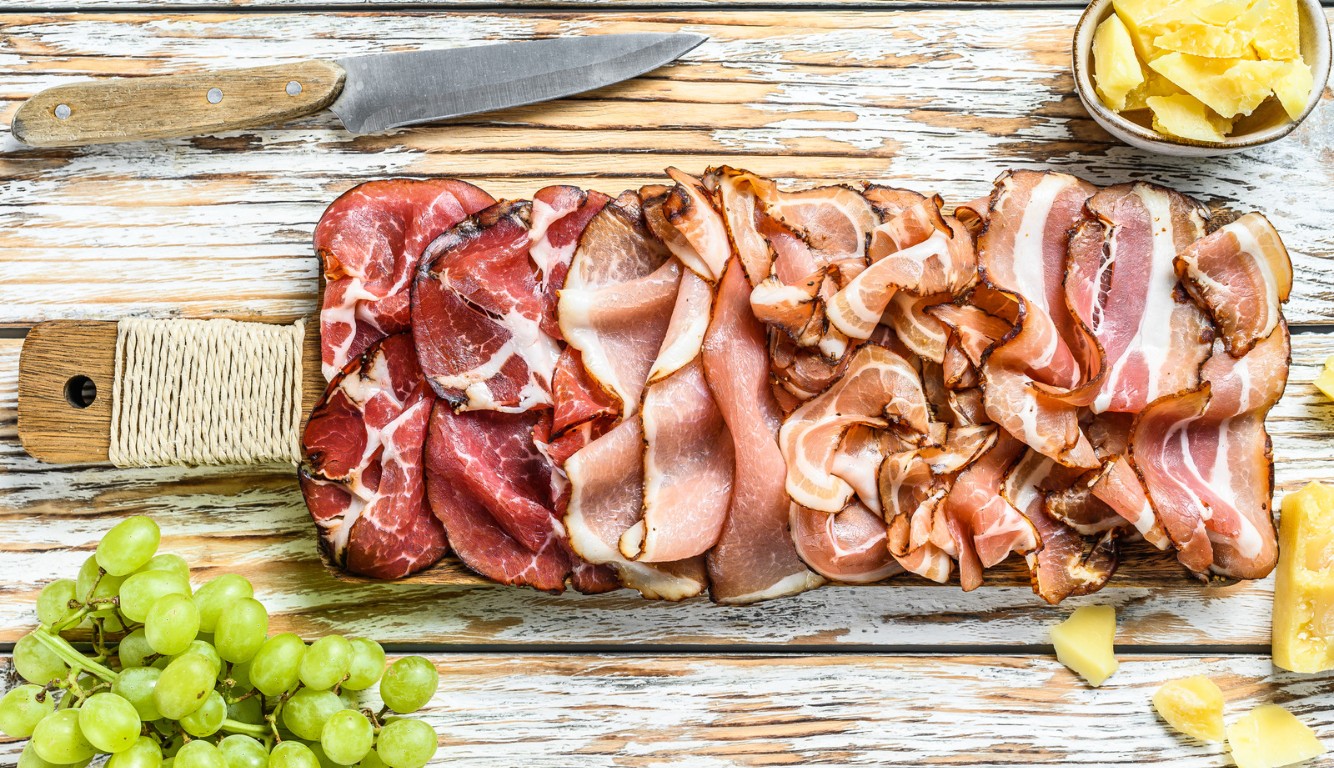
Creating the perfect charcuterie board is both an art and a joy. Starting with the right meats sets the foundation for a delicious appetizer that will impress your guests. The key to a great charcuterie board is offering a variety of textures and flavors, from spicy salami to smooth prosciutto.
I love including a mix of cold cooked, cured, or smoked meats. Each type brings something special to the board. For example, pickled meats or those with a hint of spice can add an unexpected twist that cuts through the richness. Adding nuts and fruits can balance these flavors wonderfully.
Remember, the appearance of your charcuterie board is just as important as the taste. Fanning out meats or folding them creatively makes the board look inviting. Fresh fruits, marinated olives, and crunchy nuts can fill in the gaps and make the board vibrant and appealing.
Essentials of a Charcuterie Board
Putting together a charcuterie board is an art that involves choosing the right meats, pairing them with complimentary cheeses, and adding a variety of bread, crackers, fruits, and condiments.
Selecting the Perfect Meats for Your Charcuterie Board
Choosing the right meats is where it all begins. I always opt for a variety of cured meats like salami, prosciutto, and chorizo. These bring distinct flavors and textures. Don’t forget to include some cooked or smoked options like ham or turkey to offer diverse tastes.
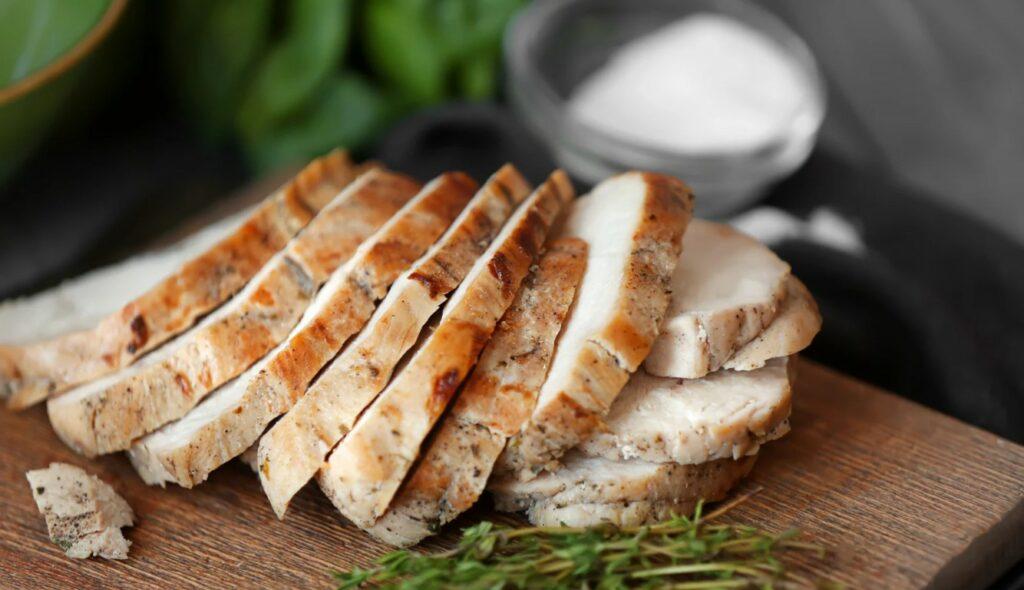
I believe it’s essential to balance the saltiness and fattiness. Thin slices make it easy to mix and match with other ingredients on the board. Rolling or folding the meat can make it visually appealing, too.
Cheese Pairings for Your Meats
After the meats, cheese is the next big star. I like to choose a mix of soft, semi-soft, and hard cheeses. For example, a creamy brie, a pungent blue cheese, and a firm cheddar provide a great range of textures and flavors.
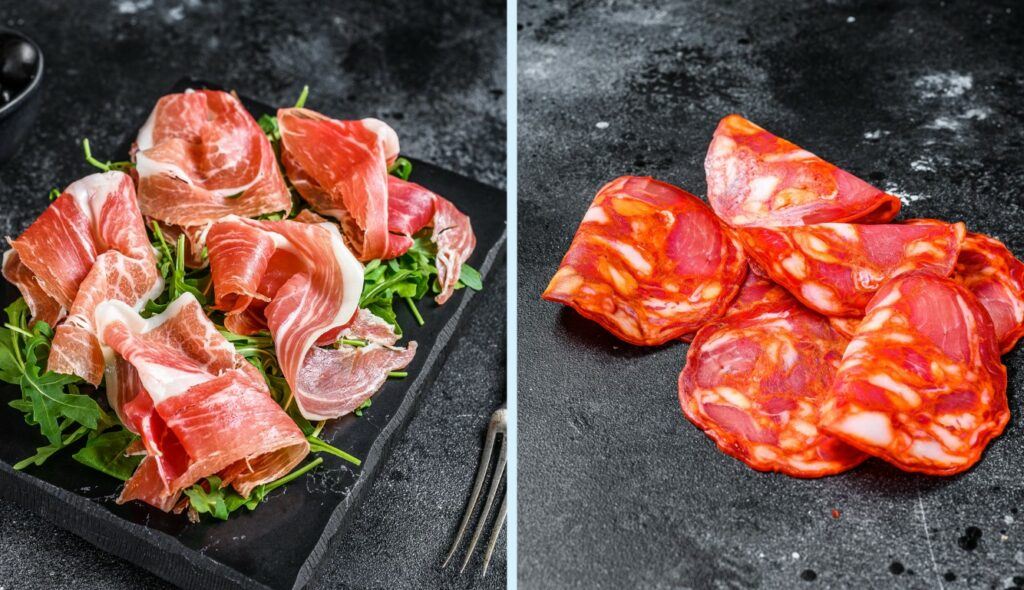
It’s essential to place cheeses near their ideal meat pairings. Brie works well with prosciutto, while blue cheese pairs nicely with salami. Offering variety allows everyone to find a combination they love.
Accompaniments: Crackers, Breads, and More
The extras add the finishing touches. I always include a range of crackers and bread types. Thin crackers are perfect for delicate meats, while a baguette can handle the heft of a slice of cheddar or ham.
Adding fruits like grapes and apple slices brings a sweet counterpoint to the savory flavors. Nuts and olives are also great for added texture and taste. Don’t forget dips like mustard or a simple honey. These small details can elevate the whole experience.
Balancing Flavors and Textures
Creating a charcuterie board involves balancing different flavors and textures. This means pairing sweet and savory items, adding crunchy elements, and using both fresh and dried fruits.
Combining Sweet and Savory Elements
A great charcuterie board balances sweet and savory tastes. For instance, savory meats like salami and prosciutto pair well with sweet fruits such as grapes or figs. This contrast makes each bite exciting and enjoyable.
Soft cheeses like Brie or Camembert have a creamy texture and go well with sweet elements like honey or fruit preserves. This mix of flavors keeps the palate interested and balances the overall experience.
Adding Crunch: Nuts and Fruit
Adding crunchy items is crucial for a well-rounded charcuterie board. Nuts like almonds and walnuts provide a satisfying crunch that contrasts beautifully with soft cheeses and deli meats. Besides, they add a rich, nutty flavor that enhances the other ingredients.
Fresh fruits like apple slices and pear slices are not only crunchy but also add a touch of sweetness and vibrant color to the board. It’s a simple way to add both texture and flavor.
The Role of Fresh and Dried Fruits
Both fresh and dried fruits play essential roles. Fresh fruits like berries and grapes bring juiciness and a refreshing bite, cutting through the richness of the meats and cheeses. They also add bright colors that make the board more visually appealing.
Meanwhile, dried fruits like apricots, dates, and figs offer a chewy texture and concentrated sweet flavor. They pair well with hard cheeses such as cheddar or Gouda, creating a perfect flavor combination that’s both savory and sweet.
When crafting a charcuterie board, I love to mix these elements to ensure every bite offers a unique and delightful experience.
The Art of Arrangement
It’s not just about the meats; the way you present your charcuterie board adds to the experience. Using techniques to arrange items and pairing them with the right wines and beverages can make a big difference.
Presentation Techniques
When arranging the meats, I like to start with the larger items, such as slices of ham or salami, and fan them out. This not only saves space but also looks attractive.
Cheeses should be placed next, balancing the meats. Arrange cheeses in a variety of shapes, like cubes, slices, and wedges, to add visual interest.
Adding olives, nuts, and dried fruits helps fill in gaps and add texture. Drizzle a bit of olive oil over them to enhance the flavors.
Lastly, garnishes like fresh herbs and edible flowers bring color and freshness. I often add small bowls of mustard or honey for dipping.
Pairing with Wines and Beverages
Choosing the right wine or beverage can elevate your charcuterie board. For rich meats like prosciutto or chorizo, I prefer a bold red wine, such as Cabernet Sauvignon. It complements the strong flavors well.

Lighter meats like turkey or chicken pair beautifully with a white wine or even a refreshing rosé. These wines don’t overpower the subtle flavors.
For a unique touch, consider pairing your board with a craft IPA. Its hoppy bitterness can cut through the richness of the meats, creating a delightful contrast.
When pairing, I also include non-alcoholic options, such as sparkling water with a slice of lemon, for guests who prefer something lighter.
This thoughtful pairing ensures that every bite and sip are enjoyable.
Special Touches to Elevate Your Board
Adding unique flavors and elegant garnishes can turn a simple charcuterie board into a memorable experience. I like to include gourmet selections and homemade spreads and dips to add that extra touch.
Gourmet Selections
Choosing high-quality and unique meats can make your board stand out. Prosciutto, salami, and chorizo are excellent choices. I often add cured meats from different regions to provide a variety of flavors.
Including specialty cheeses like Brie, aged Gouda, or blue cheese can also enhance the experience. You can pair these with unique condiments such as French mustard or truffle honey. I love adding marinated olives and artichoke hearts for extra zest and texture. For a sweet touch, dried fruits like apricots and figs work wonders.
Homemade Spreads and Dips
Making your own spreads and dips adds a personal touch and can elevate the whole presentation. I recommend crafting spreads like roasted red pepper hummus or an herb-infused cream cheese. These are simple to prepare and pack a lot of flavors.
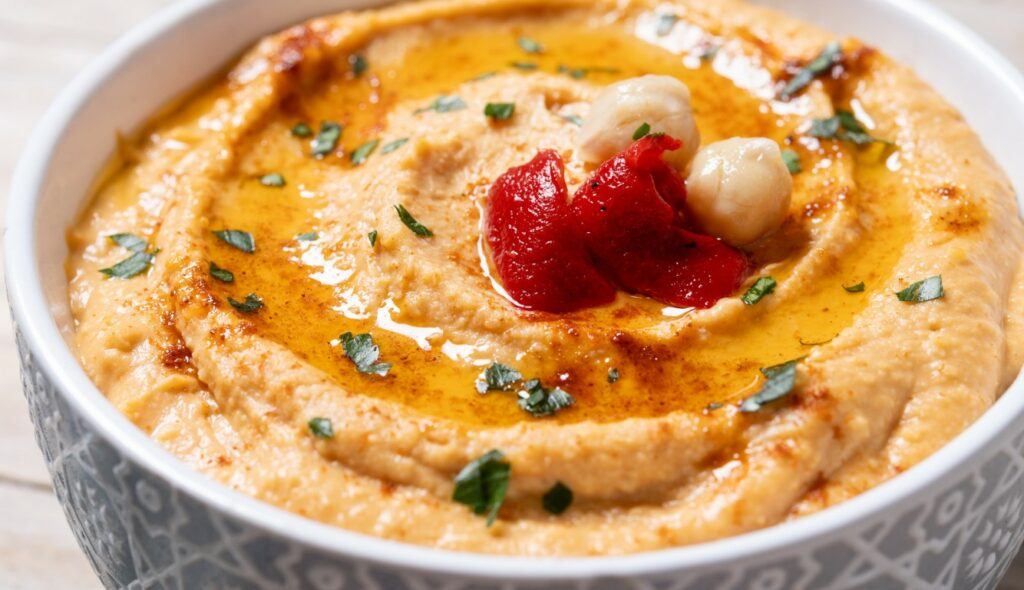
Fruit preserves like fig jam or apricot spread pair wonderfully with cheeses. I also like to include a variety of homemade dips, such as a garlic aioli or a spicy mustard dip. Placing these in small, attractive bowls around the board adds both flavor and visual appeal.
By including these gourmet selections and preparing your own spreads, you can create a charcuterie board that is not only delicious but also impressive to your guests.

